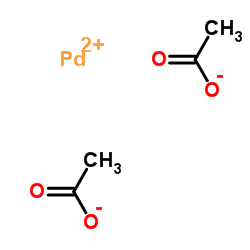| Structure | Name/CAS No. | Articles |
|---|---|---|
 |
Palladium diacetate
CAS:3375-31-3 |
|
 |
1,4-Dioxane
CAS:123-91-1 |